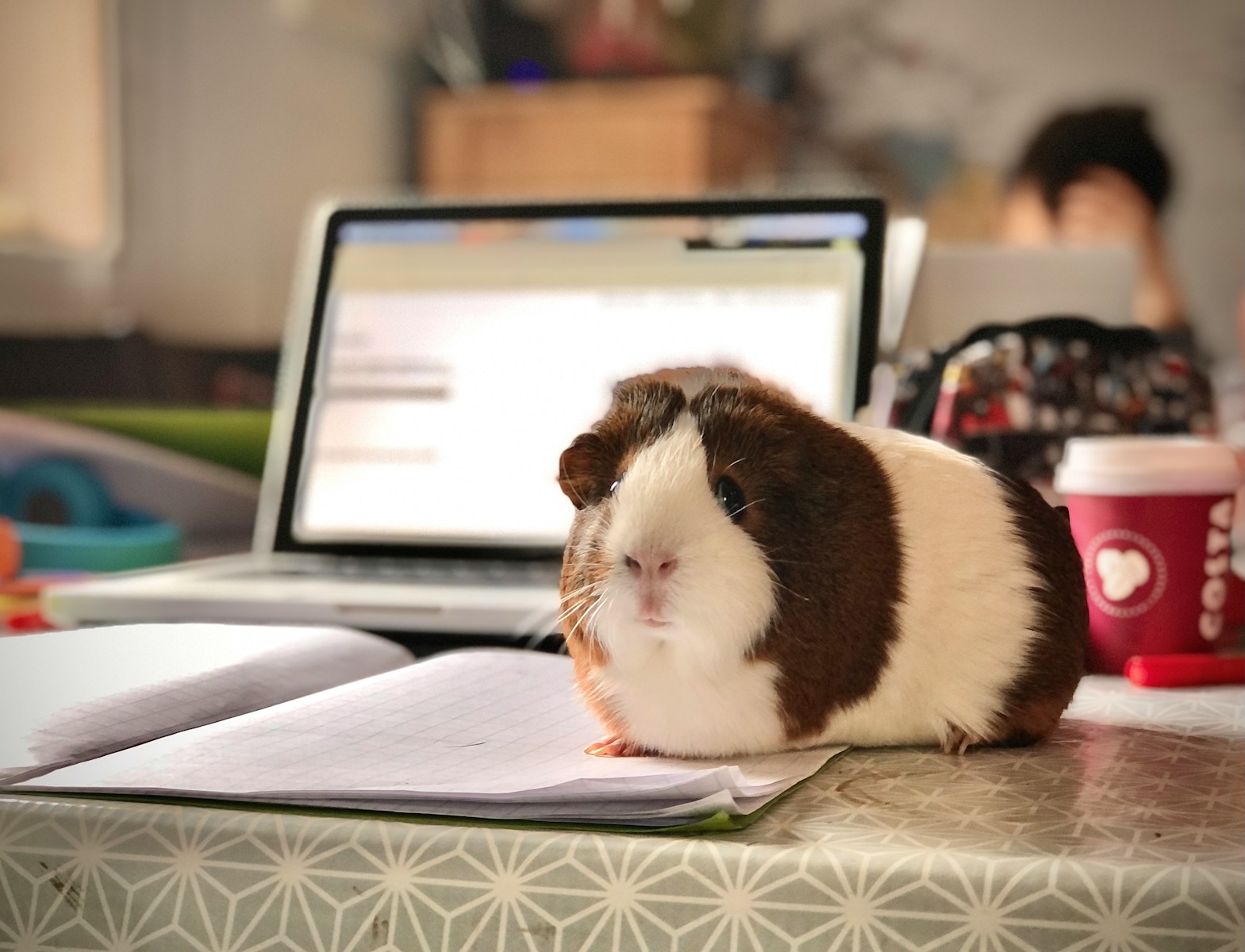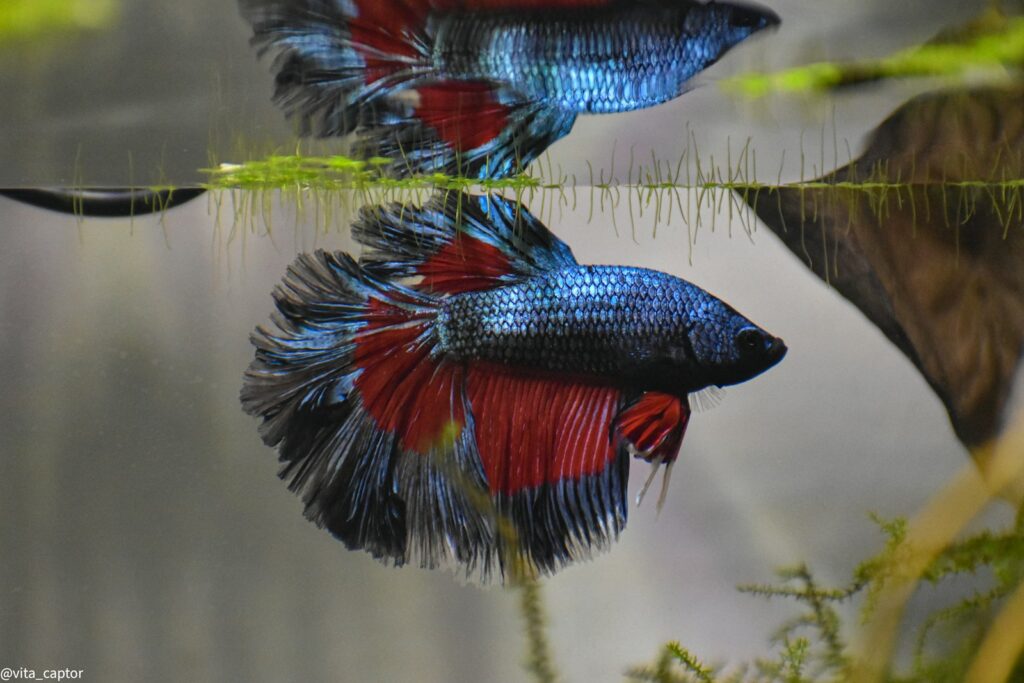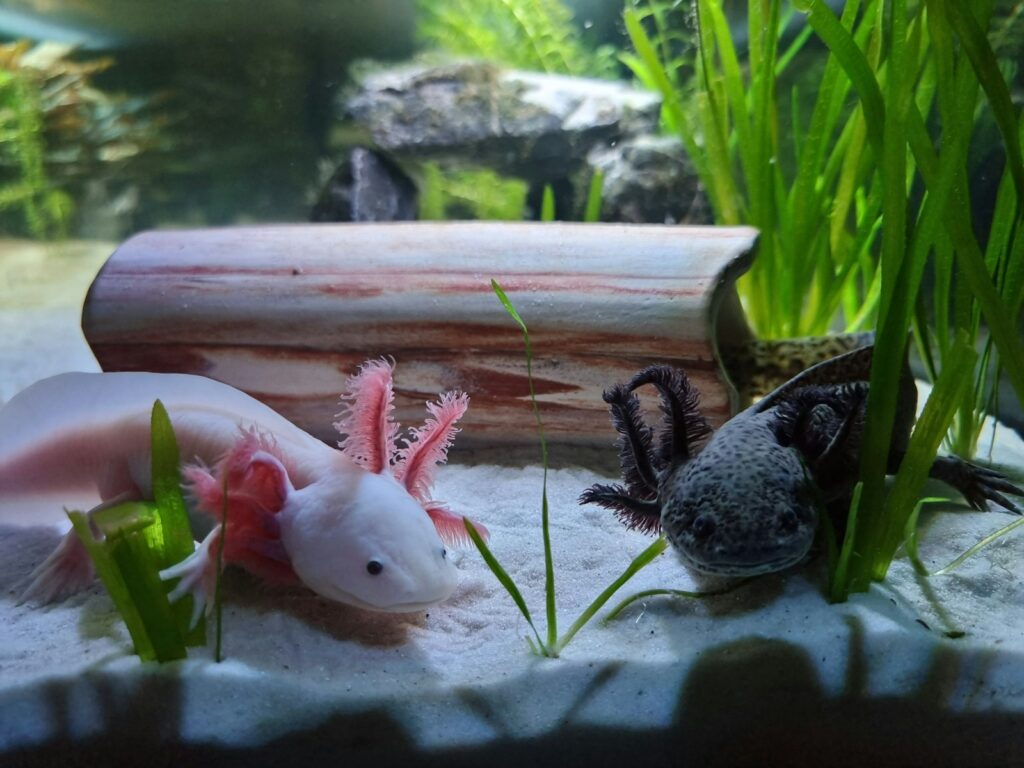Finding the perfect pet companion can feel overwhelming, especially when you’re juggling work, family, and social commitments. Maybe you’ve always dreamed of having a furry friend but worry about the time and energy required for proper care. The good news? You don’t need to sacrifice your lifestyle to enjoy the companionship of a beloved pet.
Low maintenance pets offer the perfect solution for busy individuals who want animal companionship without the extensive daily commitments that come with traditional pets like cats and dogs. These pets require minimal care while still providing the emotional benefits of pet ownership, from reducing stress to teaching responsibility to young children.
Whether you’re living in a small apartment, working long hours, or simply want a pet that fits seamlessly into your lifestyle, this guide will help you discover the best easy pets to take care of that make wonderful companions without overwhelming your schedule.

Photo by Towfiqu barbhuiya on Unsplash
What Makes a Pet Low Maintenance?
Before diving into specific animals, it’s important to understand what qualifies as a low maintenance pet. These companions typically require:
- Minimal daily care: Basic feeding and occasional cleaning rather than constant attention
- Simple housing requirements: Small tanks, cages, or terrariums that don’t take up much space
- Infrequent veterinary visits: While all pets deserve proper veterinary care, some animals require fewer check-ups
- Independent nature: Animals that don’t require constant human interaction or entertainment
- Affordable upkeep: Lower costs for food, housing, and supplies compared to high maintenance pets
Best Low Maintenance Pets | Easy Pets to Take Care Of
1. Betta Fish
Male betta fish top the list of best low maintenance pets for good reason. These vibrant, colorful fish are perfect for beginners and require minimal daily care. A single male betta thrives in a small tank (5 gallons minimum) with a simple filter and heater.
Betta fish eat pellet food once or twice daily, and their tank needs cleaning only once a week. Unlike other fish that require complex water chemistry, bettas are relatively hardy and forgiving of minor water quality fluctuations. Just remember that bettas have a territorial nature, so male bettas must be kept alone to prevent fighting.
Unlike other saltwater fish, betta fish should be kept alone (they’re a bit territorial), making them one of the best low-maintenance pets for solo tanks
Betta fish require the same glass tank as saltwater fish, but being freshwater fish, they need significantly less maintenance.
Care Requirements:
- Feed high-quality pellet food daily
- Maintain water temperature between 76-82°F
- Weekly tank cleaning and water changes
- Average lifespan: 2-4 years
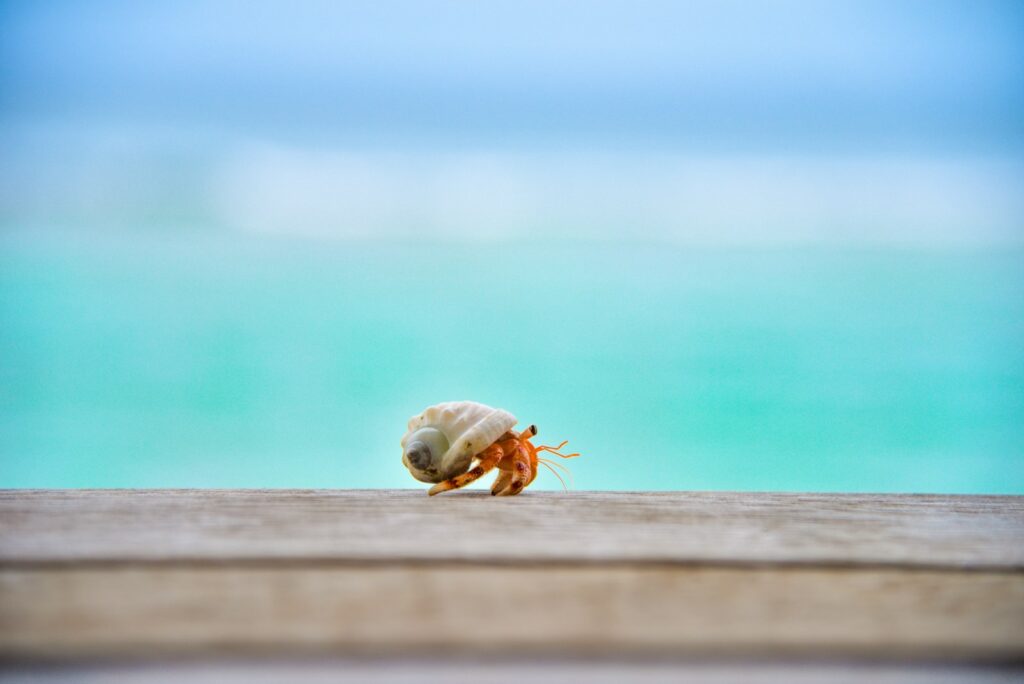
Photo by Ahmed Sobah on Unsplash
2. Hermit Crabs
These fascinating little creatures make excellent low maintenance companions and great beginner pets, especially for families with young kids. Hermit crabs are social animals that do best in pairs, living happily in a well ventilated cage with proper substrate for burrowing.
They eat a variety of foods including fresh vegetables, fruits, and commercial hermit crab food. Their housing requirements are simple—a glass tank with climbing materials, hiding spots, and both fresh and salt water dishes. The most interesting aspect of hermit crab care is providing empty shells for them to move into as they grow.
Care Requirements:
- Provide fresh food and water every few days
- Maintain proper humidity levels
- Offer various shell sizes for growing
- Average lifespan: 10-30 years
3. Sea Monkeys
For the ultimate virtually maintenance free pet experience, sea monkeys (actually brine shrimp) are unbeatable. These tiny aquatic creatures live in a small tank and require feeding only every few days with special sea monkey food.
Sea monkeys are perfect for small children learning about pet responsibility. They’re fascinating to watch through a magnifying glass as they swim, play, and reproduce in their miniature ecosystem. The initial setup takes minutes, and ongoing care requires less than five minutes per week.
Care Requirements:
- Feed every 5-7 days with included food
- Keep tank at room temperature
- Avoid direct sunlight
- Average lifespan: 2 years
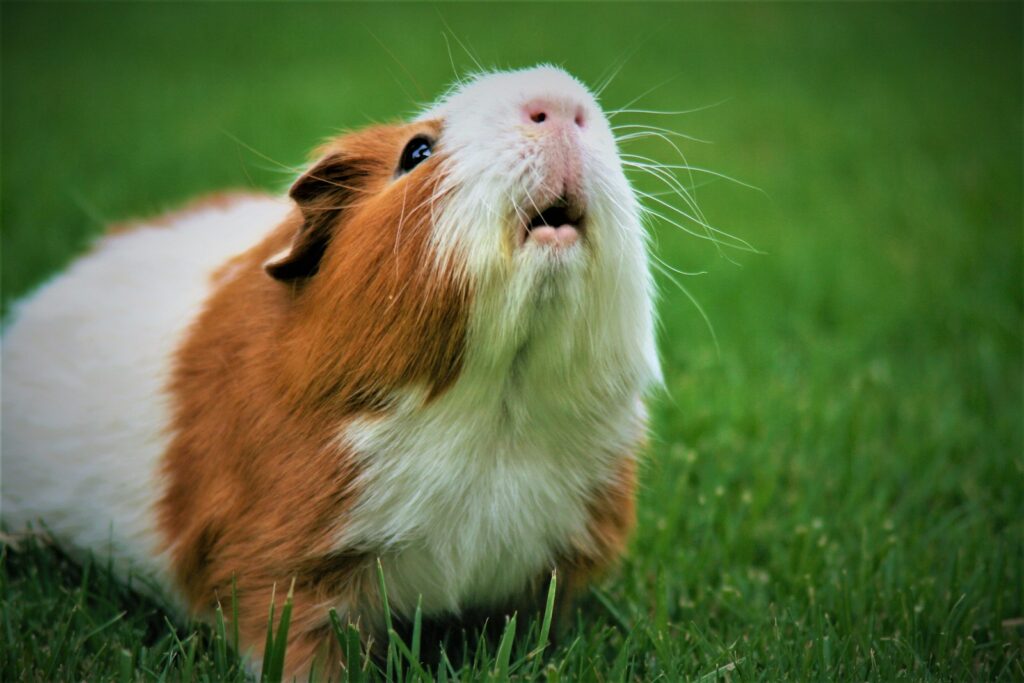
Photo by Jack Catalano on Unsplash
4. Guinea Pigs
While guinea pigs require more space than smaller pets, they’re still considered relatively low maintenance and make great pets and wonderful companions. These social creatures do best in pairs and need a large cage with proper bedding, fresh food, and a water bottle.
Guinea pigs are gentle animals that rarely bite, making them ideal pets for children. They communicate through adorable squeaks and whistles, and many enjoy gentle handling once they’re comfortable with their owners. Their diet consists mainly of hay, pellets, and fresh vegetables like bell peppers and leafy greens.
Care Requirements:
- Daily fresh hay and pellet food
- Fresh vegetables several times per week
- Weekly cage cleaning
Average lifespan: 4-8 years
5. Corn Snakes
Don’t let their reputation scare you—corn snakes are among the best pets for reptile enthusiasts. These docile, non-venomous snakes are easy to handle and have simple care requirements. A corn snake lives comfortably in a 40-gallon glass tank with proper heating, hiding spots, and a water dish.
Corn snakes eat pre-killed frozen mice, which you can purchase from pet stores. Young snakes eat weekly, while adults only need feeding every 10-14 days. This feeding schedule makes them perfect for busy pet parents or frequent travelers.
Care Requirements:
- Feed appropriate-sized prey weekly to bi-weekly
- Maintain proper temperature gradient (75-85°F)
- Spot-clean substrate as needed
- Average lifespan: 15-20 years
6. Leopard Geckos
These charming reptiles make excellent low maintenance companion pets. Leopard geckos are docile, easy to handle, and don’t require the complex lighting setups that many other reptiles need. They thrive in a simple 20-gallon glass tank with hiding spots, a shallow water dish, and under-tank heating.
Leopard geckos primarily eat live insects like crickets and mealworms, which you can purchase from pet stores or even breed at home. They’re most active during evening hours, making them perfect for people who work during the day.
Care Requirements:
- Feed live insects every other day for juveniles, twice weekly for adults
- Maintain temperatures between 88-92°F on the warm side
- Spot-clean waste as needed
- Average lifespan: 15-20 years
7. Painted Turtles
For those interested in aquatic pets beyond fish, painted turtles offer an engaging option. These turtles require a larger tank setup with both water for swimming and a basking area with proper lighting. While their initial setup requires more investment, daily care is minimal.
Painted turtles eat a varied diet of commercial turtle pellets, fish, and fresh vegetables. They’re long-lived companions that can become quite personable, often recognizing their owners and swimming to the glass when they approach.
Care Requirements:
- Feed daily when young, every other day as adults
- Maintain clean water with filtration
- Provide UVB lighting for shell health
- Average lifespan: 25-30 years
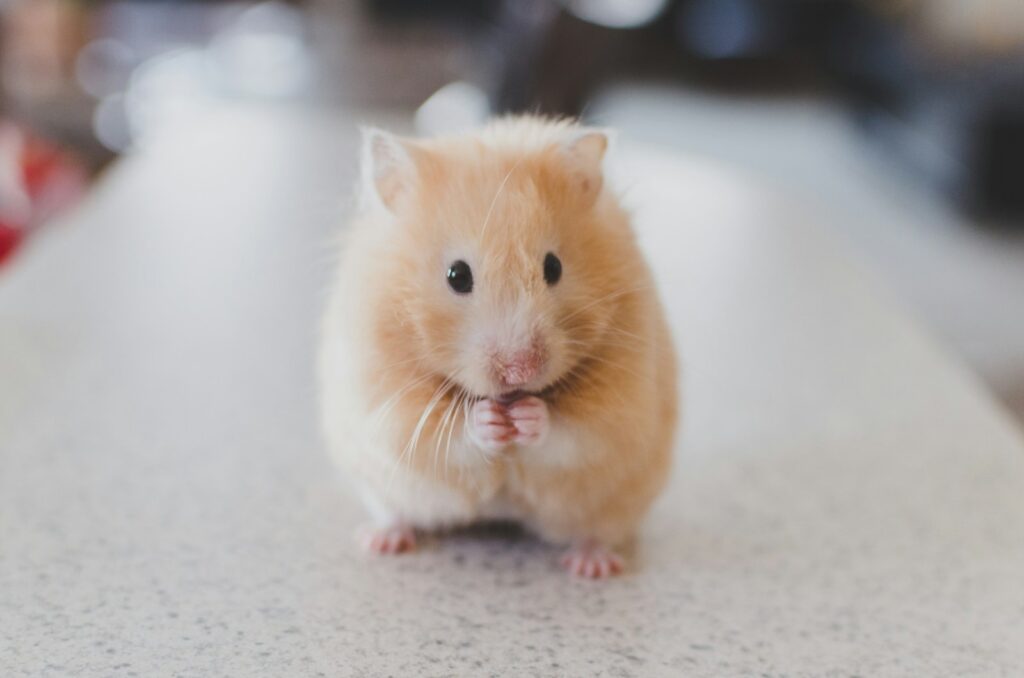
Photo by Ricky Kharawala on Unsplash
8. Hamsters
These small, furry creatures are classic first pets for good reason. Hamsters require minimal space and are fairly low maintenance once you establish their routine. A single hamster needs a well-ventilated cage, bedding, a water bottle, and an exercise wheel.
Most hamsters prefer living alone, making them perfect for people who only want one pet. They’re most active during evening hours and can be quite entertaining to watch as they run on their wheels, stuff their cheeks with food, and rearrange their bedding.
Care Requirements:
- Daily fresh food and water
- Weekly cage cleaning
- Provide chew toys for dental health
- Average lifespan: 2-3 years
9. Goldfish
When properly cared for, goldfish can be wonderful low maintenance pets. Contrary to popular belief, goldfish need more than a small bowl—they thrive in larger tanks with proper filtration. A single goldfish requires at least a 20-gallon tank, though larger is always better.
Goldfish eat commercial flake or pellet food daily and their tanks need regular water changes. They’re incredibly hardy fish that can live for many years with proper care. Some goldfish even learn to recognize their owners and can be trained to perform simple tricks.
Care Requirements:
- Feed high-quality fish food once or twice daily
- Perform weekly water changes (25-30%)
- Test water quality monthly
- Average lifespan: 10-15 years (or longer!)
10. Madagascar Hissing Cockroaches
Before you dismiss this option, hear us out! Madagascar hissing cockroaches are surprisingly engaging pets that require virtually no maintenance. These large, docile insects are fascinating to observe and surprisingly social with their owners.
They live comfortably in a simple glass tank with hiding spots and proper ventilation. Hissing cockroaches eat fresh vegetables and fruits, making feeding both easy and inexpensive. They’re perfect for people interested in exotic pets without complex care requirements.
Care Requirements:
- Feed fresh vegetables and fruits twice weekly
- Maintain proper humidity levels
- Spot-clean substrate monthly
- Average lifespan: 2-5 years
11. Axolotls
These unique aquatic salamanders are gaining popularity as exotic pets. Axolotls require cool water temperatures and simple tank setups, making them easier to care for than many tropical fish. They eat earthworms, bloodworms, and specialized pellets.
Axolotls are fascinating to watch and have remarkable regenerative abilities—they can regrow lost limbs! They require minimal daily attention and can go several days without feeding as adults.
Care Requirements:
- Feed every 2-3 days for adults
- Maintain cool water (60-68°F)
- Perform regular water changes
- Average lifespan: 10-15 years
12. Stick Insects
For truly unusual low maintenance pets, stick insects are hard to beat. These gentle creatures require minimal care and are fascinating for both children and adults. They live in simple, well-ventilated enclosures and eat fresh bramble or privet leaves.
Stick insects are virtually silent and require very little space. Many species can reproduce without males, so you might end up with baby stick insects even with a single pet!
Care Requirements:
- Provide fresh leaves every few days
- Light misting for humidity
- Clean substrate monthly
- Average lifespan: 1-2 years
Choosing the Right Low Maintenance Pet for Busy Pet Parents
When selecting from these best low maintenance pets, consider several important factors:
Living Space: Apartment dwellers might prefer smaller pets like betta fish or hermit crabs, while those with more space could consider guinea pigs or larger reptiles.
Children in the Home: Some pets like guinea pigs and hamsters are better for gentle handling, while others like fish and reptiles are better observed than handled.
Long-term Commitment: Consider the average lifespan of your chosen pet. Sea monkeys live about two years, while some turtles and reptiles can live for decades.
Budget Considerations: Factor in initial setup costs, ongoing food expenses, and potential veterinary care when making your decision.
Setting Up Your Low Maintenance Pet for Success
Regardless of which easy pet you choose, proper setup is crucial for their health and happiness:
Appropriate Housing: Provide adequate space, proper ventilation, and species-appropriate materials. A well-ventilated cage for small mammals, a proper-sized tank for fish and reptiles, or a secure terrarium for insects.
Quality Food: Invest in high-quality, species-specific food. Pellet food for small mammals, appropriate live or frozen food for reptiles, and quality flakes or pellets for fish.
Environmental Needs: Research temperature, lighting, and humidity requirements for your chosen pet. Some animals need heating pads, special lighting, or specific humidity levels.
Safety First: Ensure your pet’s environment is secure and safe from household hazards, other pets, and curious children.
Common Myths About Low Maintenance Pets
Myth 1: “Low maintenance means no maintenance”
Even the easiest pets require daily attention for feeding and weekly attention for habitat maintenance.
Myth 2: “Small pets are always easier”
Size doesn’t always determine care requirements. Some small animals like hamsters need daily interaction, while larger pets like corn snakes eat only weekly.
Myth 3: “Low maintenance pets don’t need veterinary care”
All animals deserve access to veterinary care when needed, though some species require fewer routine check-ups.
Myth 4: “These pets are boring”
Many low maintenance pets display fascinating behaviors and can form bonds with their owners. Betta fish recognize their owners, hermit crabs have distinct personalities, and reptiles can become quite personable.
Making the Most of Your Pet Ownership Experience
Even with low maintenance pets, you can create meaningful connections:
Observation and Interaction: Spend time watching your pet’s natural behaviors. You’ll be surprised how much personality even small creatures can display.
Learning Opportunities: Use pet ownership as a chance to learn about biology, animal behavior, and responsibility. This is especially valuable for children.
Creating Enrichment: Even simple pets benefit from environmental enrichment. Add climbing structures for hermit crabs, hiding spots for reptiles, or decorative elements to fish tanks.
Documentation: Keep a pet journal or take photos to track growth, behavior changes, and memorable moments.
Kate’s K9 Pet Care offers small animal pet care along with dogs and cats and all low maintanence and high maintenance pets! We are here for you. Contact us
Your Perfect Low Maintenance Companion Awaits
The world of low maintenance pets offers something for everyone, from the vibrant beauty of betta fish to the fascinating behavior of hermit crabs. These wonderful creatures prove that you don’t need a high maintenance pet to experience the joy of animal companionship.
Whether you’re a busy professional, a family with young children, or someone living in a small space, there’s an ideal pet waiting to become part of your life. Remember that even low maintenance pets deserve proper care, love, and attention—they’re just more forgiving of busy schedules and simpler lifestyles.
Take time to research your chosen species thoroughly, invest in proper setup and quality supplies, and prepare to discover the unique personality of your new companion. The bond between human and pet can be just as strong with a betta fish or hermit crab as with any traditional pet, proving that great things really do come in small packages.

